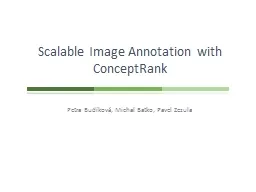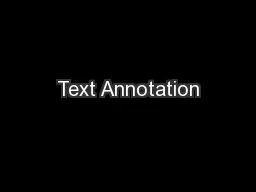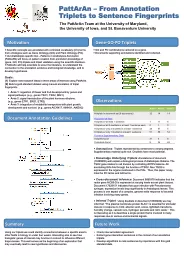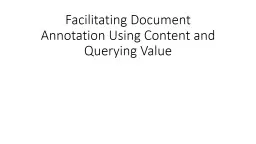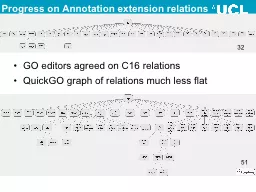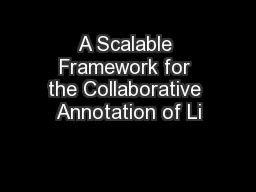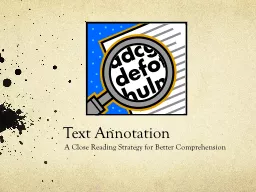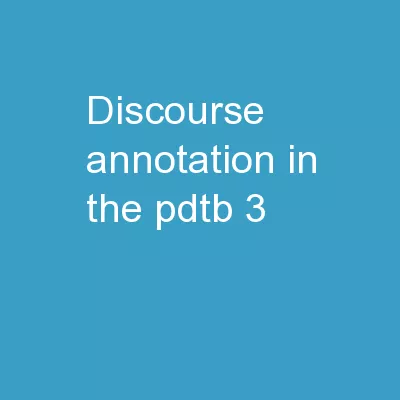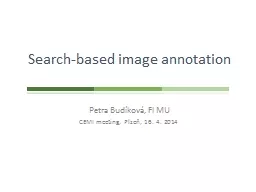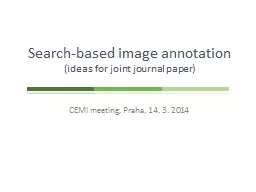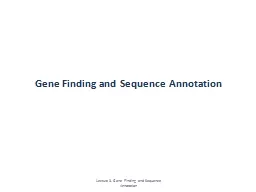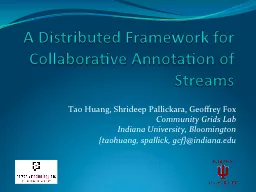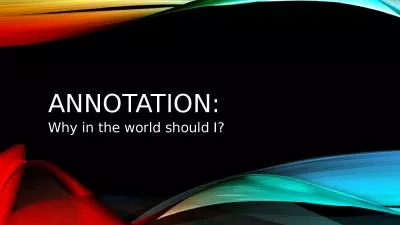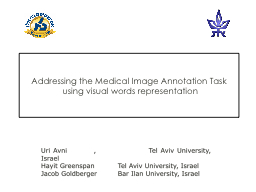PPT-Scalable Image Annotation with
Author : liane-varnes | Published Date : 2018-01-16
ConceptRank Petra Budíková Michal Batko Pavel Zezula Outline Searchbased annotation Motivation Problem formalization Challenges ConceptRank Idea Semantic network
Presentation Embed Code
Download Presentation
Download Presentation The PPT/PDF document "Scalable Image Annotation with" is the property of its rightful owner. Permission is granted to download and print the materials on this website for personal, non-commercial use only, and to display it on your personal computer provided you do not modify the materials and that you retain all copyright notices contained in the materials. By downloading content from our website, you accept the terms of this agreement.
Scalable Image Annotation with: Transcript
Download Rules Of Document
"Scalable Image Annotation with"The content belongs to its owner. You may download and print it for personal use, without modification, and keep all copyright notices. By downloading, you agree to these terms.
Related Documents

